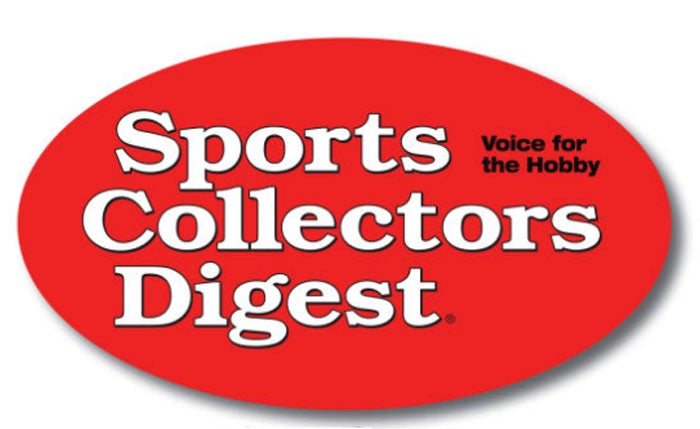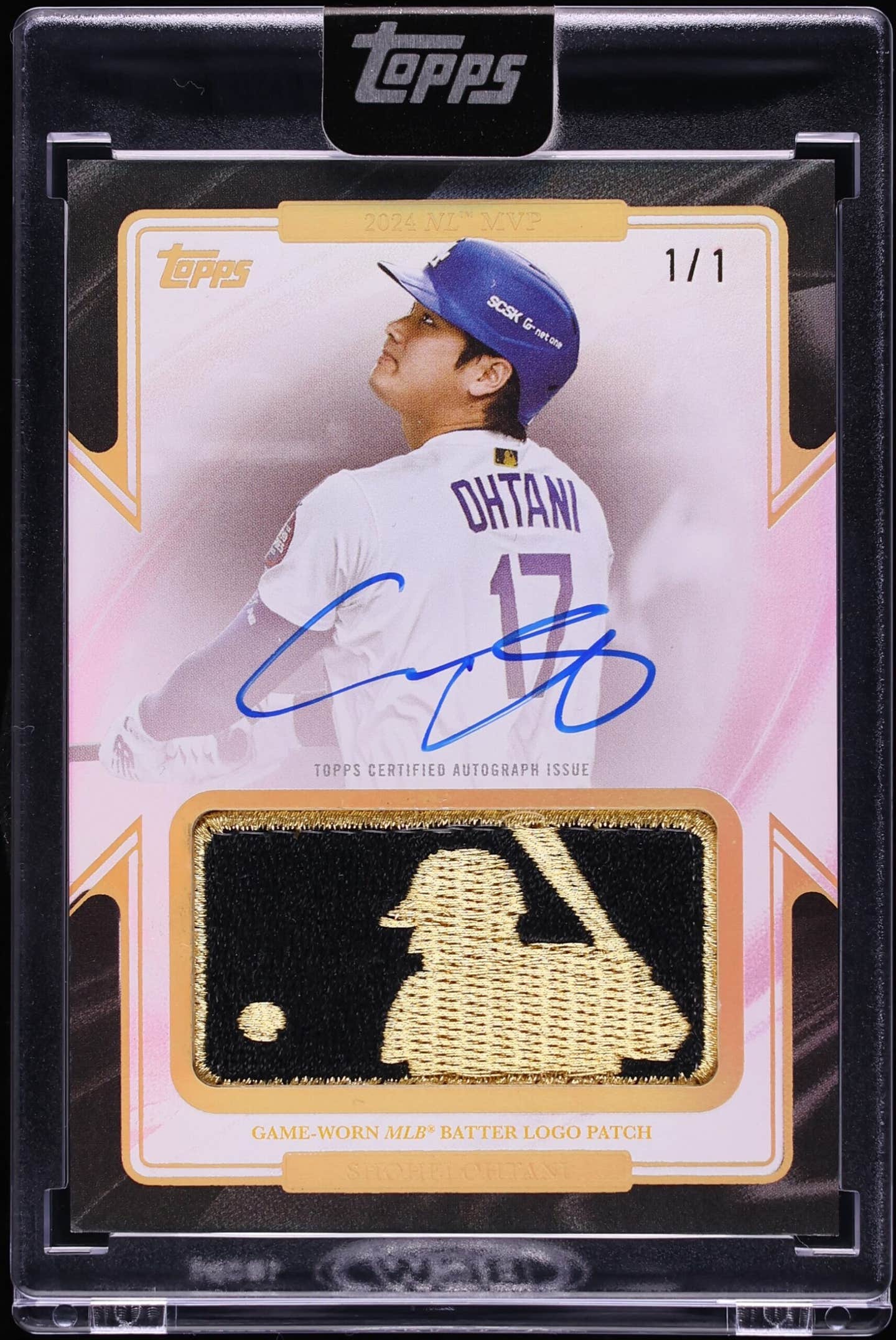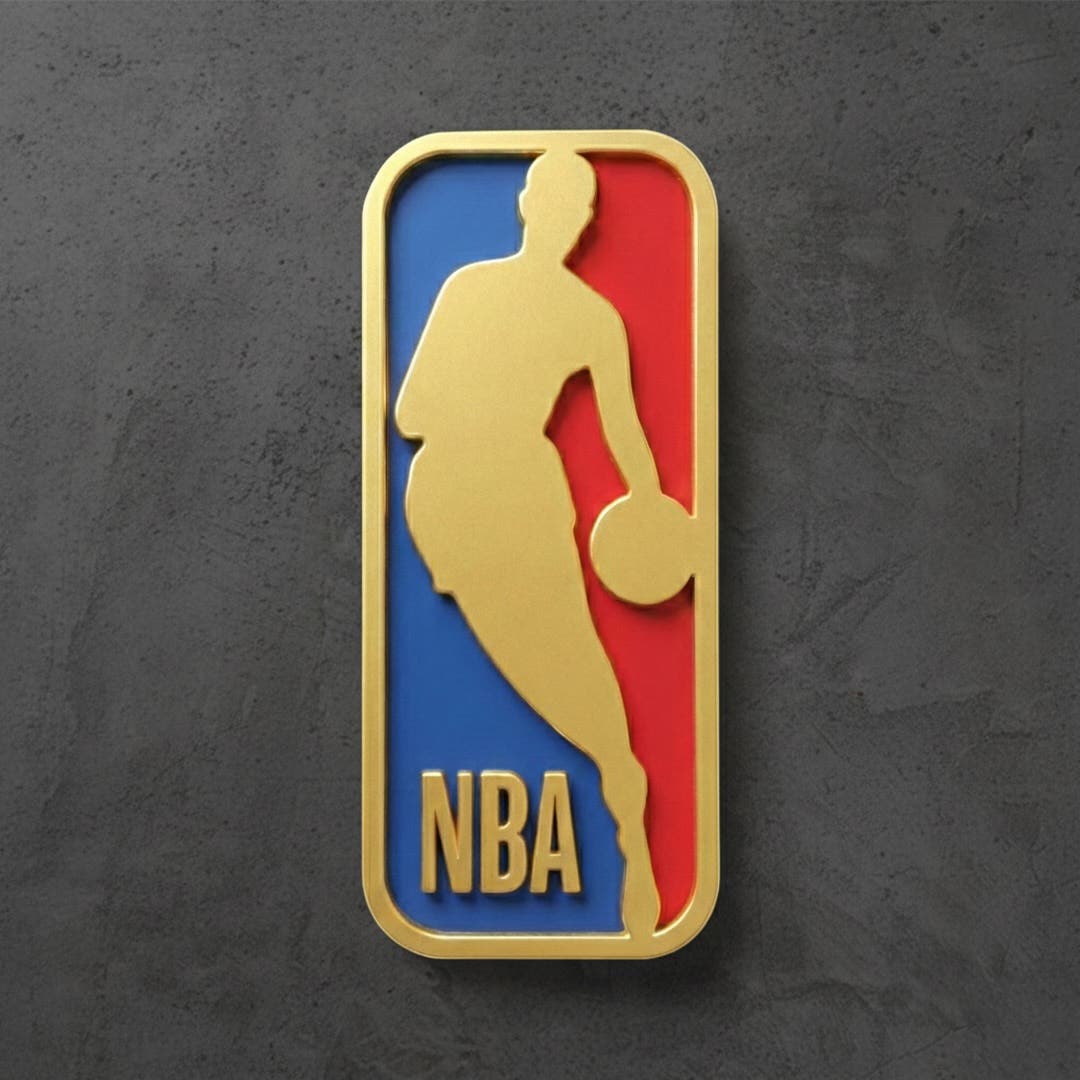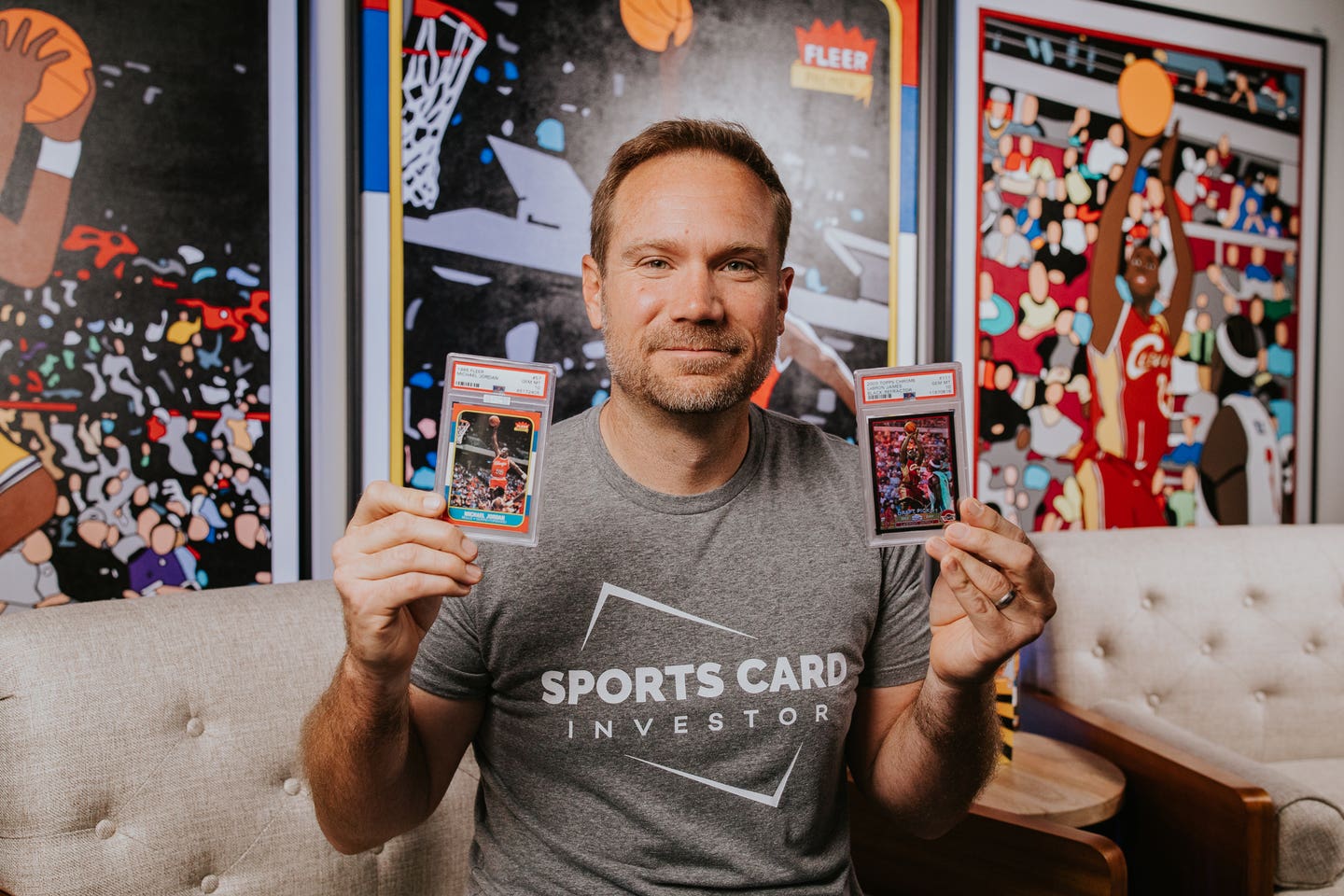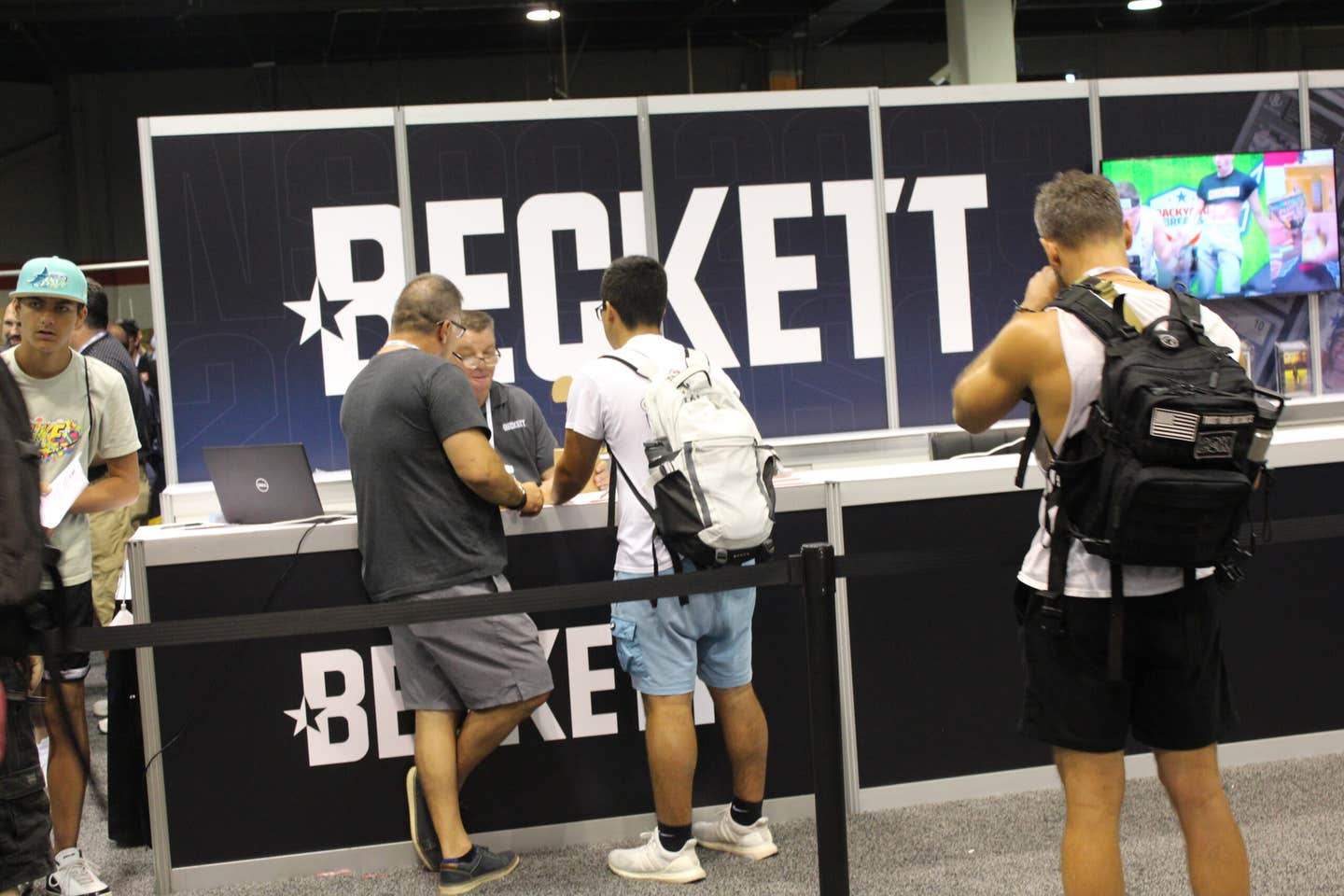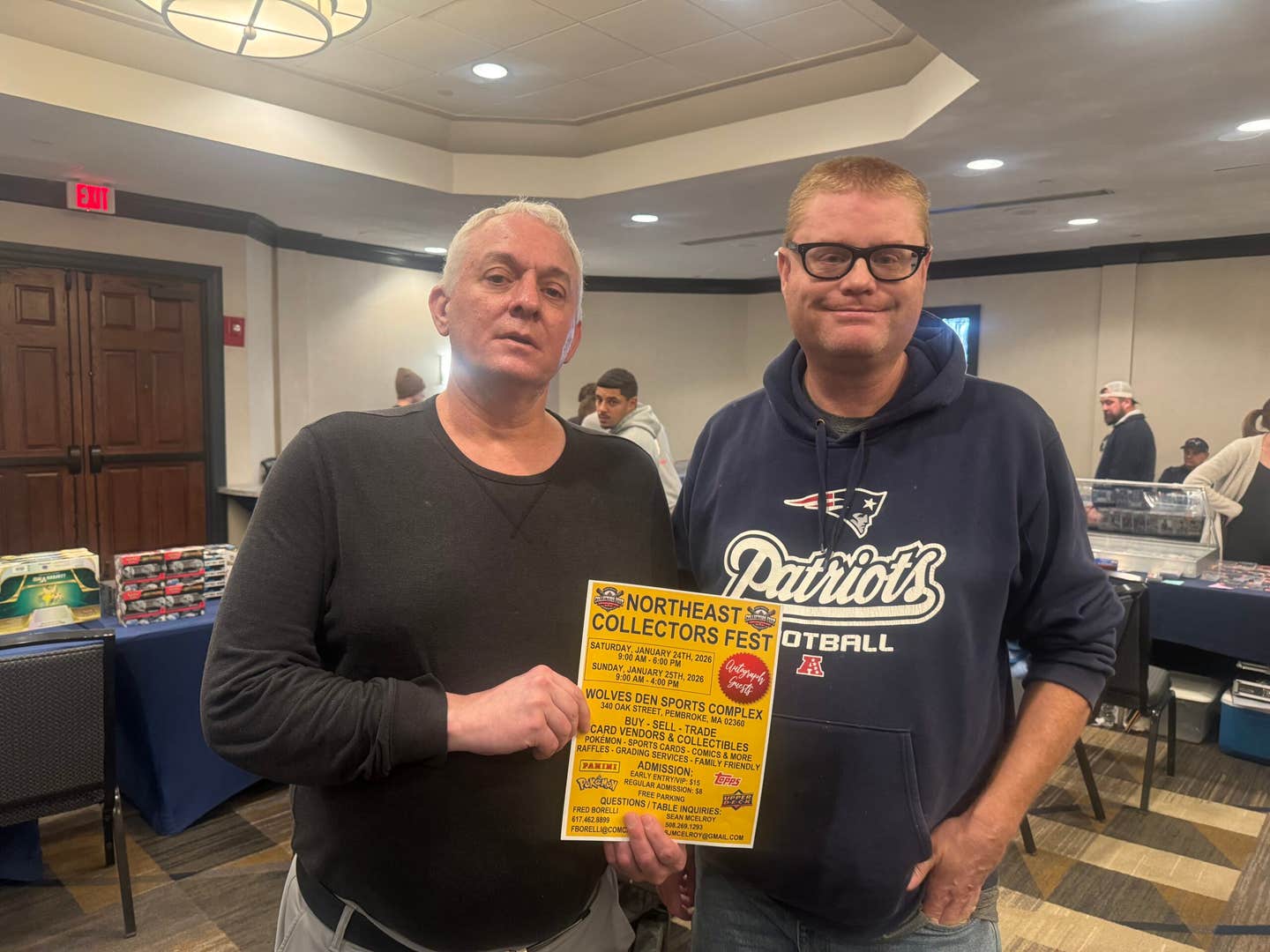Odd Collectibles
Last comic(s) standing
While the 1979 MLB season might remain etched in fans’ minds for many things—a wild and windy 23-22 game early on between the host Chicago Cubs and the victorious Philadelphia Phillies; Lou Brock and Carl Yastrzemski reaching the 3,000-hit club; and Yankees’ captain and catcher Thurman Munson perishing while piloting a small plane—many recall most the campaign revolving around the song “We Are Family.”
Released around the time the baseball season started, the tune from American group Sister Sledge reached No. 1 on the R&B charts and No. 2 on the U.S. pop music scene. It also served as the theme song for the 1979 Pittsburgh Pirates, who were led by their first baseman Willie “Pops” Stargell. The slugger could have additionally been nicknamed “Mister Sledge,” partly because of his powerful bat, but he also swung a sledgehammer in the on-deck circle.
Stargell’s blend of a decent statistical year and leading an environment for high-level team chemistry helped him win the MVP award in the NLCS and the World Series, where the Pirates rebounded from a 3-1 series deficit to beat Baltimore, and earned him co-MVP honors in the National League.
While “Pops” and the Pirates withstood many a test in 1979 and burst many a team’s bubble, the Topps Company trotted out its regular baseball set and tested a 33-item baseball comics issue. Topps printed the 3” x 3 ¼” product on the same wax paper that appeared with Bazooka Joe comics, in this case they wrapped a bigger version around a chunk of the pink gum—all for a nickel.
Initially the baseball comics sparked chatter about extremely limited distribution. Collectors and dealers scrambled for a couple of months to find the latest creation from Topps labs. Unfortunately, like a piece of bubble gum that loses its flavor, the overall energized appeal of the Topps comics quickly faded, lasting but one year.
A Little Something Different
Curt Hardie began collecting in the late 1970s and that included the assembling of a few of the Topps baseball comics sets. “I like the issue itself, love oddball (sets), the design and the variety of color used,” Hardie said. The different format offering also attracted the collector for another key reason: “I was especially happy to learn that Steve Garvey (a Hardie favorite) was part of the set when I was a kid.”
Garvey, a star Los Angeles Dodgers’ power-hitting first baseman, enjoyed some of his best seasons in the mid-to-late 1970s. Garvey and Reggie Smith are the two Dodgers in the issue. Six other teams have a pair of representatives in comic form: the Boston Red Sox, Detroit Tigers, New York Yankees, Atlanta Braves, Cincinnati Reds and San Francisco Giants. All 26 MLB teams of the day appear in the set.
The issue follows an alphabetical route, first by league and then by city. Baltimore Orioles’ first baseman and DH Eddie Murray leads off. Murray’s comic points out his winning the 1977 American League Rookie of the Year award. “Steady Eddie’s” ’79 comic likeness, whether it be the head shot or action illustration, presents a reasonable likeness of the future Hall of Famer, one of the collection’s consistent components.
The set’s next three players also share space with Murray in Cooperstown: Boston’s Jim Rice and Carl Yastrzemski, and California Angels’ fireball pitcher Nolan Ryan, who many put at the issue’s zenith.
Other AL players who make up the waxy roster’s first 17 spots and who also landed in the Hall are George Brett, Rod Carew and Reggie Jackson. In 1979 Jackson and Company were coming off two straight World Series championships over the Dodgers, and the right fielder smashed many home runs in those Fall Classics to lead New York.
Some of the National League highlights, other than the aforementioned Dodgers, begin with Braves’ third sacker Bob Horner, the 1978 NL Rookie of the Year award winner, and his teammate Phil Niekro. In ‘79 Niekro and his knuckleball helped earn him 21 wins, one victory shy of a third of Atlanta’s triumphs that season, as they went 66-94.
Shortly after Niekro’s appearance, a couple comics came with Cincinnati stitched across the front of their jerseys: catcher Johnny Bench and hurler Tom Seaver. Niekro and those Reds’ reps eventually received the call from the Hall, as well, as did two other NL stars from the issue: Dave Winfield and one who will join the Cooperstown Class of 2020: catcher Ted Simmons. Another star from the set that some say might still make it to Cooperstown one day, despite his baseball-related transgressions: Pete Rose. In 1978 Rose made headlines by grinding out a 44-game hitting streak, the longest such stretch since World War II.
The Fickle and Fragile Finger of Fate
Years ago, PSA and the ‘79 Topps comics teamed up. Then, PSA threw some hobbyists a curveball.
“I was one of the first to submit these to PSA for grading and they did grade them,” Don Tippet said. After a while, however, Tippet’s submissions kept getting rejected. “I inquired and they said that since the comics were so fragile, PSA could not ensure that they would stay protected inside the holder.”
Usually found in raw condition, the 1979 Topps baseball comics have a place in the hobby, mainly for the type or player collector or those who like unusual sets.
And, although the late ‘70s issue will likely never carry much monetary value, that makes them more affordable. Many sell for less than 50 cents apiece; stars normally go for a few dollars each, at most. Even so, the offering still hits its mark, for some, in certain ways.
Another example of hitting a mark involves the 29member of this Topps test issue: Pirates outfielder Dave Parker. The right fielder, known as “The Cobra,” partly for his tremendous throwing arm, captured the 1978 NL MVP award and in the 1979 All-Star Game memorably threw out two runners, one at third base, the other at home plate, and earned the Mid-Summer Classic’s MVP award.
So 1979 was quite the year for “We Are Family,” especially when it came to the Pirates and “winning everything M-V-P.” Little did they know that with the ’79 All-Star Game results Parker and his Pittsburgh teammates could have borrowed some lyrics from the hit song: “Living life is fun and we’ve just begun, to get our share, of this world’s de-lights.”
Editor’s note: Doug Koztoski is a frequent contributor to Sports Collectors Digest. He can be reached at
Comically speaking
Here is a look at some recent auction prices realized, rounded to the nearest dollar and including shipping, for 1979 Topps baseball comics. All items in EX condition unless noted:
Raw
Unopened box ($70-$80)
Lot of 35 assorted (EX+) ($19)
Empty box ($16)
Complete set ($14)
Nolan Ryan ($9)
Complete set still rolled/attached to wrappers ($6)
Tom Seaver ($6)
Chet Lemon ($5)
Ron Guidry ($5)
Reggie Jackson ($4)

